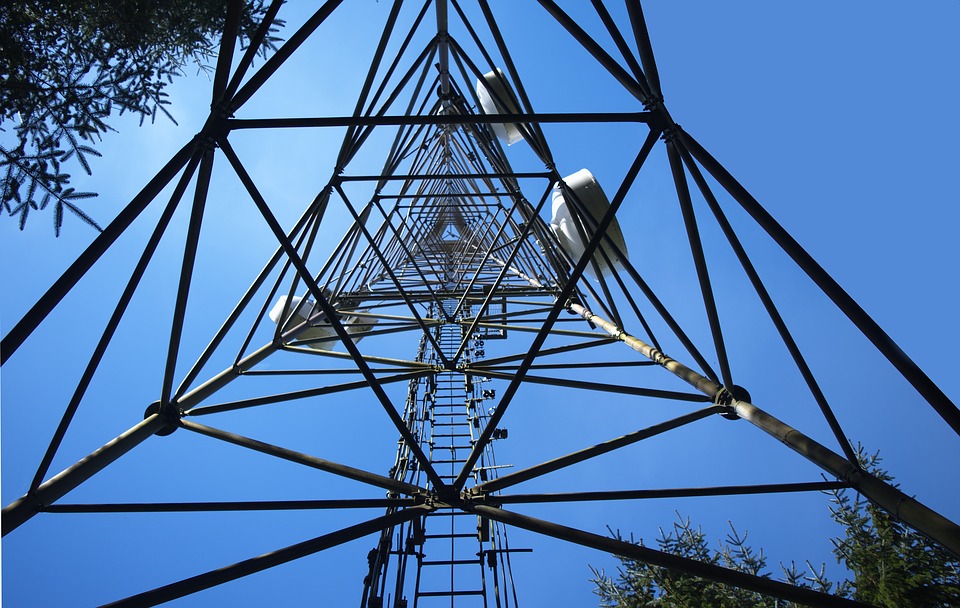
The Home Office has completed a review of the emergency service mobile communications programme which contemplated all options including the cancellation of the entire programme.
Following the review the Home Office has found that the project: “Remains the right strategic approach to replacing Airwave and the programme continues to represent good value to money for the taxpayer.”
This is according to a letter sent from Sir Philip Rutnam KCB Permanent Secretary at the Home Office to MP Meg Hillier chair of the Public Accounts Committee (PAC).
My Rutnam was before the PAC last June to answer questions on the delays plaguing the new emergency service network (ESN). Upon concluding their review the Home Office has ‘growing confidence’ in the viability of the project.
Commenting in the letter to PAC, Rutnam said: “The programme team and governance has also been strengthened. The review concluded however that a new delivery model is needed to ensure that the emergency services benefit from the new network as soon as possible.”
Delayed
The long-awaited ESN was due to replace the current Motorola-owned Airwave system, which is part of Britain’s critical emergency national infrastructure and is currently in use by the fire, police and ambulance service.
The ESN project is the government’s attempt to shift from Airwave, a radio-based network of communication, to a dedicated 4G network that will include a mobile network of Sim Cards that have priority over commercial users.
The delay means Motorola has been awarded a three-year extension to Airwave “on substantially similar terms”.

Motorola said: “As part of its delivery of ESN User Services, Motorola Solutions will implement a 3GPP standards-based push-to-talk (PTT) software solution. This global platform uses technology from Kodiak Networks, which was acquired by Motorola Solutions in 2017. To allow for the new phased deployment strategy, the Motorola Solutions ESN agreement will be extended by 30 months through the end of 2024.”
See Also: Google Restricts Gmail API Access, Kills Google+ After Data Exposed
This new incremental stab at the project will see emergency service responders have access to data services over the network starting early next year, with voice capabilities reported to follow ‘soon’ after. One advantage of this roll out is that the emergency services can begin testing ESN products that they may wish to use, such as a push-to-talk utility that turns mobile phones into de facto walkie talkies.
Emergency Services Network Delivery
The project has encountered delays and problems over the years and many expected it to be completed by now. Back in 2014 when the engagement process with supplies began, then Minister of State for Policing, Criminal Justice and Victims Mike Penning said: “A modernised communications network is vital to help the emergency services protect the public and save lives. We are on track to deliver this critical part of our national infrastructure by 2017.”

February saw the first successful demonstration of the 4G emergency service network when a communication took place between a mast site in Bristol and a location in Basingstoke. Minister for Policing and the Fire Service Nick Hurd commented in February: “This is a complex project which will provide the emergency services with the most advanced communications system of its kind anywhere in the world – which is why successful tests like these are an excellent achievement.”
“Members of the public are already seeing some of the incidental benefits of the project like its improvement of the 4G mobile network – 90 per cent of the UK is now covered.”






